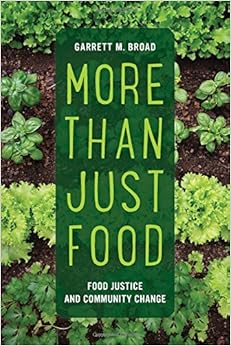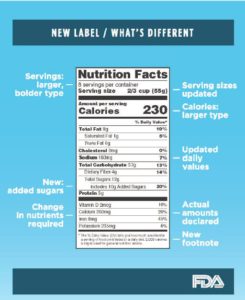Why trade issues matter: the still-to-be-ratified Trans Pacific Partnership (TPP)
Every now and then I like to try to catch up with the arcane topic of trade agreements (see last week’s post). Today, I’ll deal with the other one still in play, the Trans Pacific Partnership (TPP). The U.S. Trade Representative’s Office states the administration’s position on the TPP. Ballotpedia.org has a helpful summary of where we are on it.
For this one, should you be at all interested, the full text of the TPP is available online. Like all trade agreements in which the U.S. participates, the TPP is about reducing and eliminating tariffs. In principle, this is supposed to foster competition and create business opportunities and, as the Trade Representative’s Office says, “leveling the playing field for American workers & American businesses.”
The TPP was signed by the U.S. and the 11 other participating countries in February. But for us to participate in it, Congress has to ratify the agreement. It has not yet done so, not least because the TPP is caught up in election-year politics.
Contributing to slow approval is the weak endorsement of the International Trade Commission, which was required to report on the agreement’s economic effects. Its conclusion: TPP would improve the economy by 2032 (the target year, apparently)—but by less than 1%. The report gives examples of the increased percentage over baseline in 2032:
- Annual real income: $57.3 billion (0.23 %)
- Real GDP: $42.7 billion (0.15 %)
- Employment would be 0.07 %
- Exports: $27.2 billion (1.0 %)
- Imports: $48.9 billion (1.1 %)
- Agriculture and food output: $10.0 billion (0.5 %)
So TPP has an upside, but a small one.
What about the downside?
For starters, see the letter filed in January by 1500 groups opposing the agreement, and this BMJ paper, just out, about the TPP’s potential to block public health policies such as front-of-package food labels.
Public Citizen also has concerns. These include, among others, that the TPP would:
- Make it easier for corporations to offshore American jobs.
- Push down domestic wages.
- Flood the U.S. with unsafe imported food.
- Permit big pharmaceutical corporations to keep lower cost generic drugs off the market.
- Tacitly permit human rights violations in partner countries (the agreement does not mention “human rights”).
The Institute for Agriculture and Trade Policy (IATP) has problems with the “fast-track” rules passed by Congress earlier this year. Under these rules, Congress is only allowed to vote yes or no on the agreement. It cannot amend it. The IATP says:
Provisions in the chapter on Sanitary and Phytosanitary Standards, for example, would reduce the food safety inspection capacity of food imports, and relegate controversies over GMOs to questions of market access rather than public or environmental health. The inclusion of investor state rules would give foreign corporations new ways to challenge a wide range of environmental and consumer laws around the world for alleged loss of anticipated profits. New rules on patent protections would limit farmers’ ability to save seeds. The agreement fails to acknowledge climate change while expanding an extractive mode of globalization. Like previous failed trade agreements, there are a lot of promises to help farmers that will likely result in the accelerated loss of family farms.
Should you want to do some advocacy on this issue, the IATP has produced a timeline for urging Congress to say no to the TPP, and a handy form for doing so.






